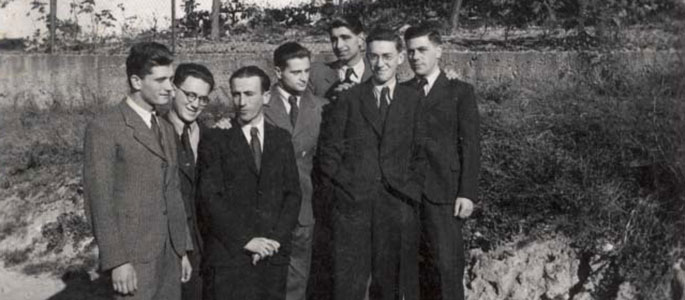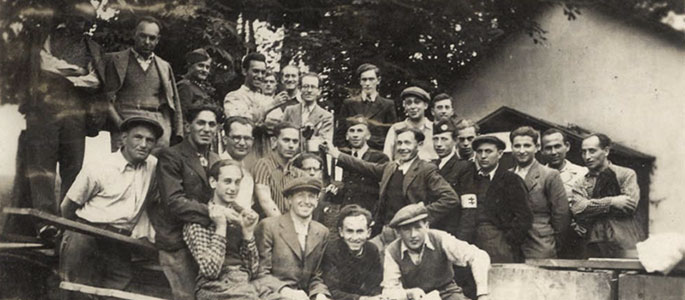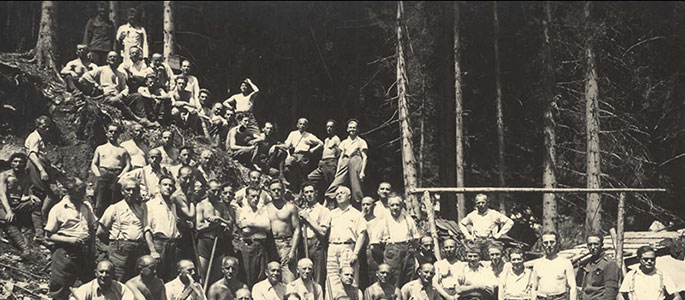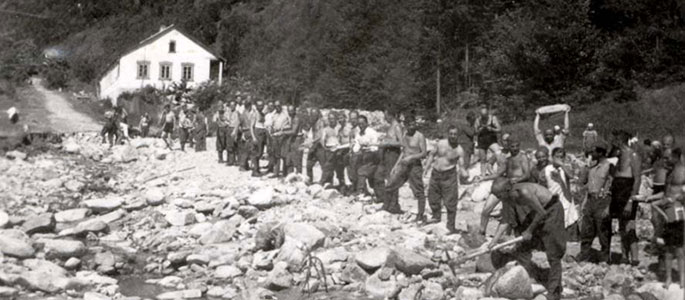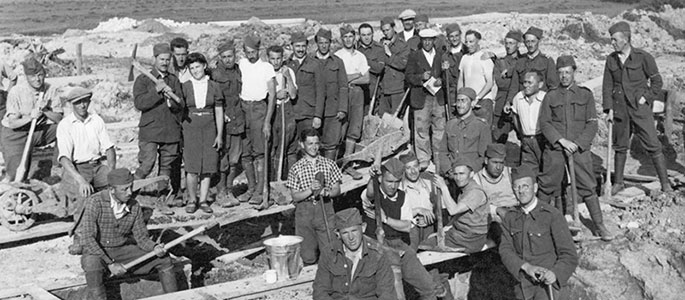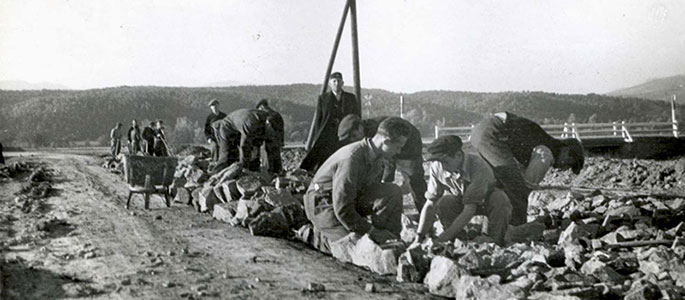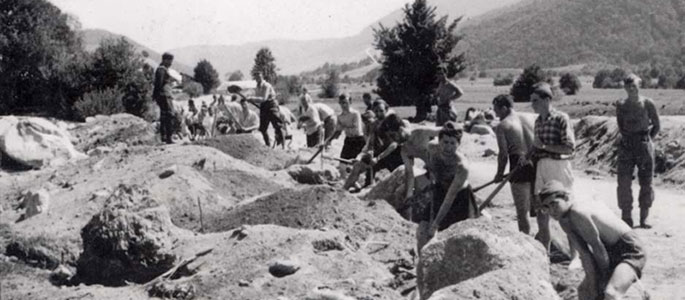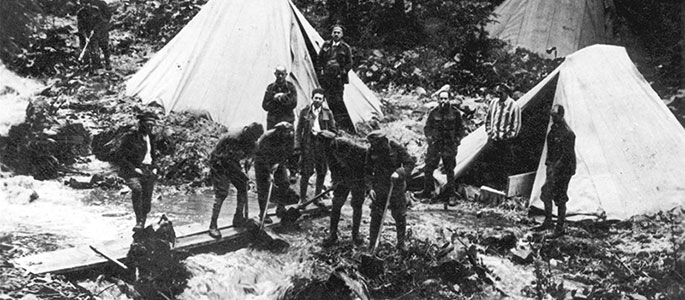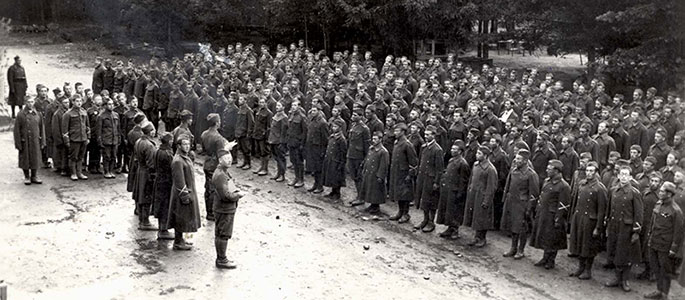Bratislava During the Holocaust
The Sixth Brigade of the Slovakian Army
In June 1939, the Jewish soldiers and officers in the Slovakian army were transferred to special work details subordinated to the Ministry of Defense. The Ministry of Interior made special note of all Jewish men, ages twenty to fifty, so that they could be called up in the future to present themselves for forced labor. In January 1940 the Law for Military Service forbade Jews and Gypsies from reporting for military service. Instead, they were to present themselves for manual labor in specially created units. Units consisting of former Jewish soldiers, as well as Jewish and Gypsy men who would otherwise have been drafted into the army, now formed the Sixth Slovak Brigade, which was subordinated to the Ministry of Defense.
About one thousand Jews served in the three companies of the Sixth Slovak Brigade. They were subordinated to the Military Command Center for Labor Units, under Colonel Ladislav Bodický. Many religious Jews who worked at one of the companies attempted to conform to the regulations of kashrut (Jewish dietary law).
These companies were employed primarily in earthworks – digging soil, paving roads and diverting rivers. For a time, one of the units was transferred to Poland to help repair damaged roads. The Sixth Slovak Brigade was later transferred from eastern Slovakia to the Tatra Mountains in the north of the country, whose Evangelical residents were sympathetic towards the Jewish laborers. From here the brigade was transferred to the southwest of the country, in the area bordering with Austria.
When the deportation of the Slovakian Jews to the extermination camps began, in the spring of 1942, many of the Jews who served in the Brigade fled. Some of them joined their families who had been deported, some escaped to Hungary and others assumed Aryan identities using forged documents. The Interior Ministry put pressure on the military to deport the remaining members of the Sixth Slovak Brigade to Poland, but leading officers as well as the Minister of Defense, Ferdinand Čatloš, were opposed to this.
In June 1943, when the allotted military service time of its members had been met, the Sixth Slovak Brigade was dismantled. The Slovakian supervisor of the work camps demanded of the Ministry of Defense that the Jews be transferred to the work camps of Sered and Nováky. However, as these camps were already full, not all members of the Brigade could be sent there; consequently, four new labor camps were established to receive the former members of the Sixth Slovak Brigade.
In August 1944, when the Slovak National Uprising broke out, all of the forced labor centers, except for one, fell within the territories controlled by the rebels. The prisoners in the forced labor centers were freed and joined the Slovakian uprising. Some of them fell in battle.
Government of the Federal Republic of Germany
